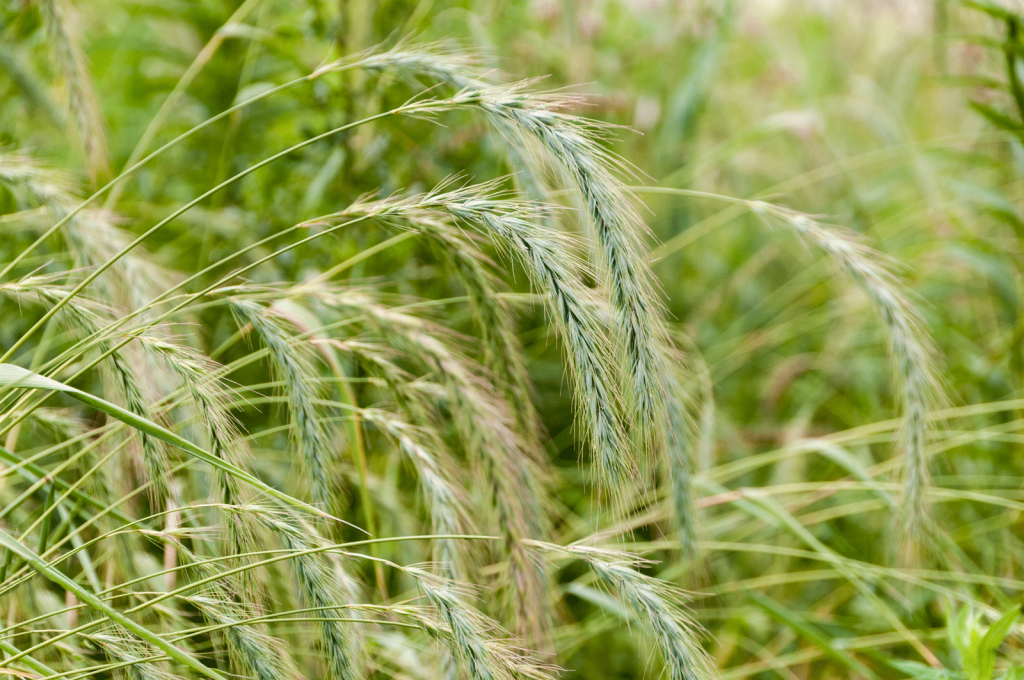How Integrating Cover Crops Supports Soil Health and Long-Term Conservation Goals
Cover crops have long been recognized as a valuable tool in sustainable agriculture. For landowners enrolled in the Conservation Reserve Program (CRP), integrating cover crops can offer a strategic advantage, especially during the early stages of establishment or in rotation with perennial species. These temporary plantings provide powerful ecological benefits that complement and enhance CRP goals, including improved soil health, better seedbed conditions, and increased resilience.
At FDCE, we help landowners develop site-specific strategies that incorporate cover crops effectively. Here’s how they can benefit your CRP land.
What Are Cover Crops?
Cover crops are fast-growing plants—typically grasses, legumes, or brassicas—planted primarily to improve soil health and prepare the land for future vegetation. They are not intended for harvest but are instead managed to:
- Reduce erosion
- Suppress weeds
- Enrich soil organic matter
- Improve nutrient cycling
Common cover crops include oats, cereal rye, annual ryegrass, radishes, and clovers.
Why Use Cover Crops in CRP Projects?
Improve Soil Health Before Native Plantings
Cover crops are often used as a preparatory step before planting native grasses and forbs. They help:
- Loosen compacted soil
- Enhance microbial activity
- Increase organic matter, creating a more fertile and balanced seedbed
This creates better conditions for native seedlings to establish in year one.
Suppress Weeds and Reduce Herbicide Use
Weeds are one of the biggest threats to young CRP plantings. Cover crops act as a natural weed barrier by:
- Outcompeting undesirable plants
- Creating a dense canopy that blocks sunlight
- Disrupting weed seed germination through allelopathic effects (in some species)
This can reduce the need for repeated herbicide applications.
Minimize Erosion and Runoff
Cover crops provide temporary ground cover, protecting the soil from wind and water erosion—especially in areas with sloped terrain or loose soil. This helps retain nutrients and sediment, supporting better water quality downstream.
Promote Nutrient Cycling
Legume cover crops like clover or vetch fix atmospheric nitrogen, enriching the soil naturally. Other species like radishes and rye scavenge nutrients from deeper layers, bringing them closer to the surface for future CRP vegetation to access.
When and How to Use Cover Crops on CRP Land
Cover crops can be integrated into a CRP site:
- Pre-establishment: Planted in the fall before spring CRP seeding
- Interseeding: Used in areas with low native plant emergence or as a companion to slower-growing species
- Between contract cycles: On land transitioning out of or into a CRP contract
NRCS staff can evaluate each site and recommend cover crop mixes and planting timelines tailored to your soil type, climate, and conservation goals.
CRP Compliance Considerations
If you’re integrating cover crops on CRP land, it’s essential to consult with your local USDA Farm Service Agency (FSA) office and NRCS representative to ensure the practice aligns with your CRP contract. Some cover crops may be permitted for site prep or erosion control but must be terminated before official establishment deadlines.
FDCE works directly with USDA guidelines to ensure your cover crop strategy supports CRP goals and remains in full compliance.
Enhance Your CRP Success with FDCE
Cover crops are more than a tool for erosion control, they’re a smart investment in the long-term health and performance of your CRP land. Whether you’re preparing a site for new enrollment or managing existing acreage, FDCE’s expert team can help you develop a plan that improves soil conditions and sets the stage for successful native establishment.
Contact us today to learn how cover crops can be a strategic part of your CRP project’s success.

